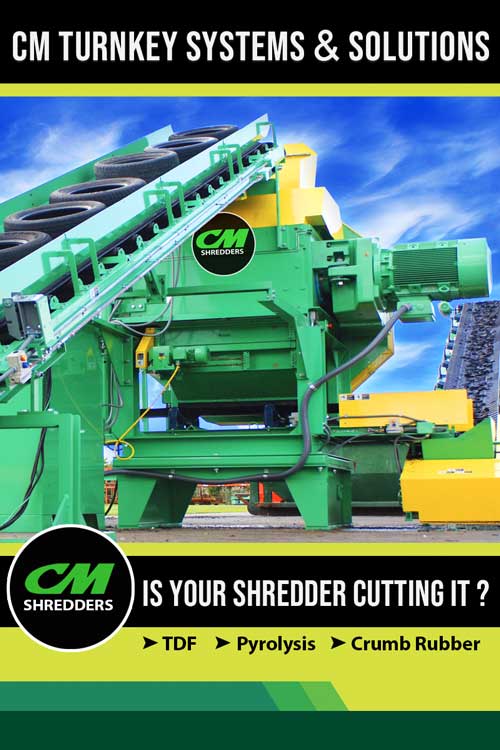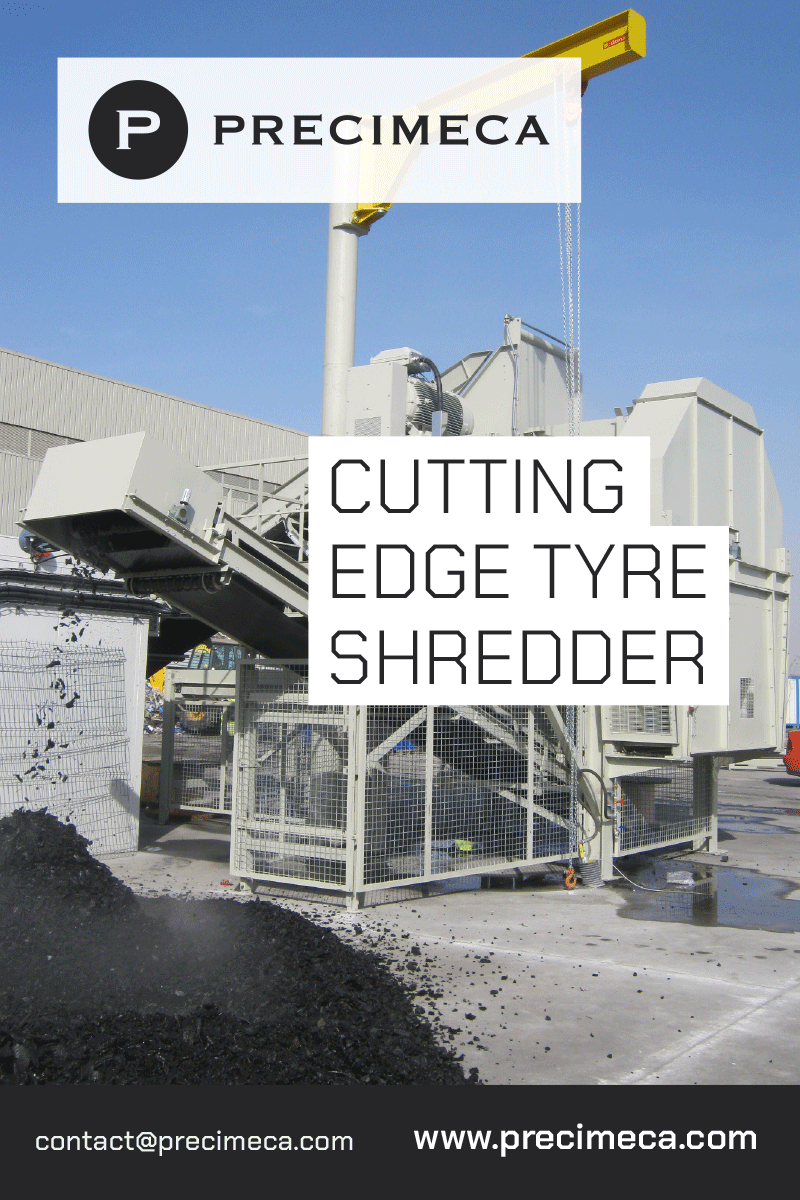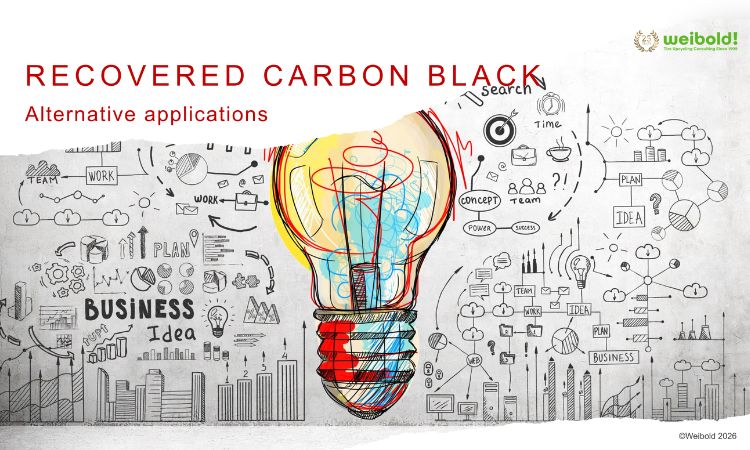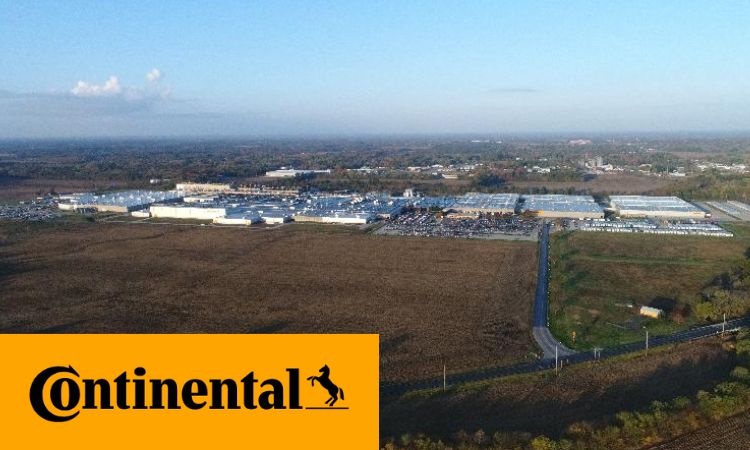Nigerian study identifies optimal pyrolysis conditions for recovered carbon black
A new study from Nigeria has examined the microstructural and elemental properties of recovered carbon black (rCB) produced through pyrolysis of waste tires at 400°C, 500°C, and 600°C. The findings suggest that pyrolysis at 400°C for two hours yields the most favorable balance between carbon content and material structure, making it particularly promising for industrial reuse.
The research showed that rCB obtained at 400°C (RCB 400) contained the highest fixed carbon content at 84.87% and exhibited a more uniform morphology compared to samples processed at higher temperatures. By contrast, increasing the pyrolysis temperature to 500°C and 600°C led to greater porosity and a shift from amorphous to crystalline structures, which may introduce impurities and reduce carbon yield.
Analysis confirmed that waste tires used in the study contained up to 95% fixed carbon, indicating strong potential for recovery. However, higher temperatures also increased the risk of gasification and the presence of metallic residues, highlighting the importance of carefully controlled pyrolysis conditions.
The study concludes that maintaining temperatures in the 400–500°C range ensures optimum yield and structural quality of rCB, offering a viable pathway to partially substitute commercial carbon black in manufacturing processes. Beyond reducing reliance on fossil-based raw materials, the approach supports more sustainable management of end-of-life tires.
The authors note that further work under more controlled industrial conditions is needed, but the results provide an important step toward scalable rCB production.
Read the full study: Evaluating the reusability of carbon black recovered from waste tyres: An elemental and microstructural analysis.
Weibold is an international consulting company specializing exclusively in end-of-life tire recycling and pyrolysis. Since 1999, we have helped companies grow and build profitable businesses.









